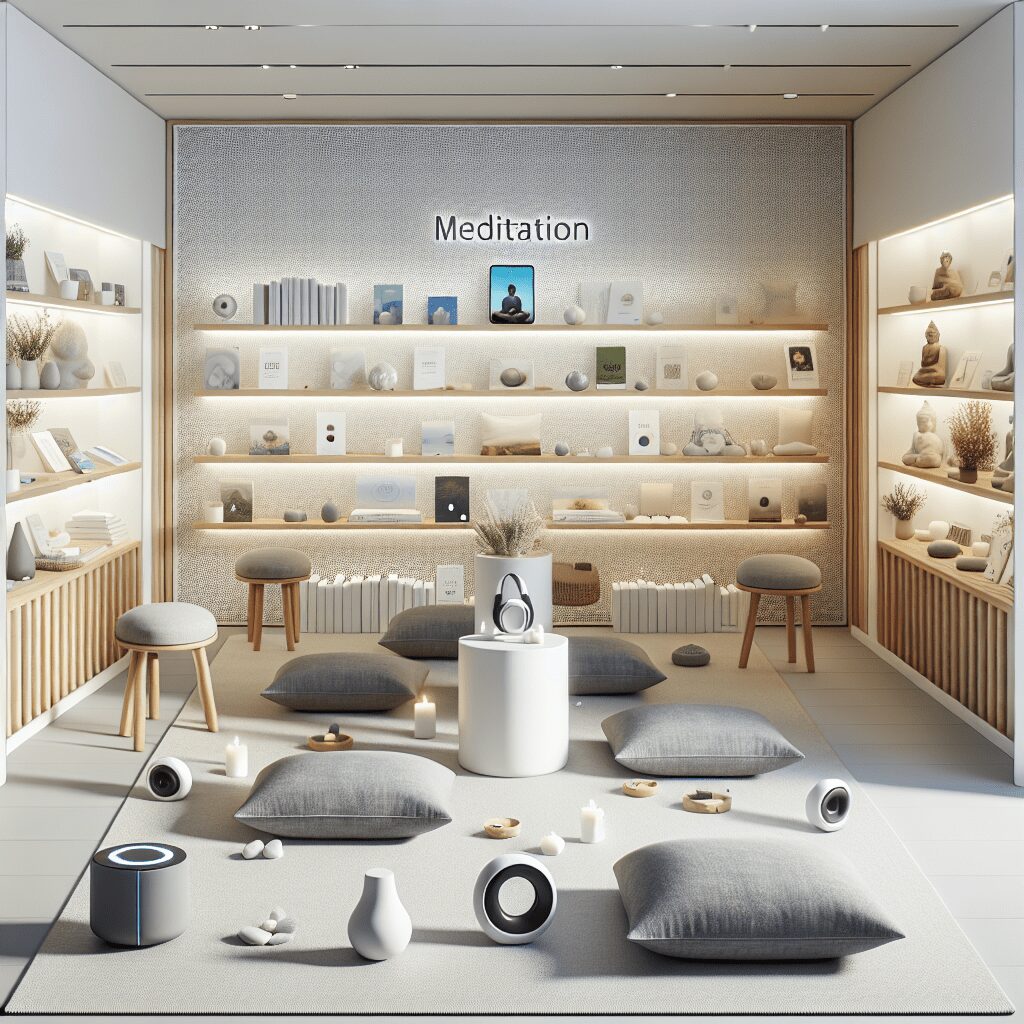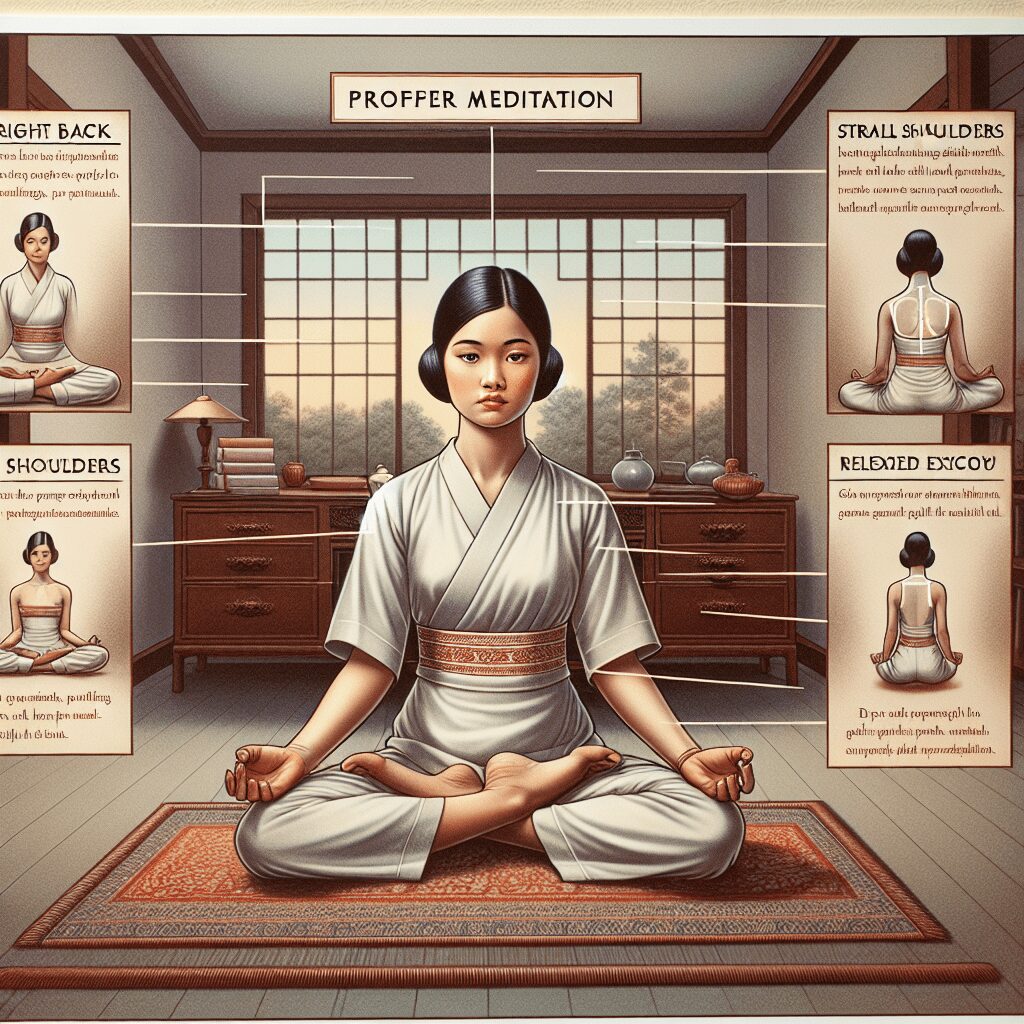
Prioritize your mental well-being daily. Enhance your life by nurturing your mental health with the Smart Meditation app. Break free from stress, alleviate anxiety, and enhance your sleep quality starting today.
How Many People In The Us Have Anxiety?
Unraveling the Enigma of Anxiety in the US
Anxiety, the ever-looming shadow in modern society, stands as a testament to the complexities of the human mind. It’s like that uninvited guest at a party, creeping silently among us, sometimes making its presence overwhelmingly known. Across the United States, this pertinent issue has woven itself into the fabric of countless lives, but just how many Americans are entangled in its grasp?
The Scope of Anxiety Across the Land of the Free
To kick things off, let’s dive into the numbers, shall we? Believe it or not, anxiety disorders top the chart as the most common mental illness in the United States, affecting a whopping 40 million adults aged 18 and older. That’s about 18.1% of the population every year! Yet, this is merely the tip of the iceberg, considering that these figures primarily account for diagnosed cases. A multitude of souls wander through life, battling anxiety’s shadows without ever seeking or receiving formal diagnosis or treatment.
A Closer Look at the Numbers
- Generalized Anxiety Disorder (GAD) ensnares about 6.8 million adults, or 3.1% of the U.S. population, yet only 43.2% receive treatment.
- Social Anxiety Disorder affects 15 million adults, which equates to a staggering 6.8% of the U.S. population.
- Panic Disorder haunts around 6 million adults in the U.S., representing about 2.7% of the population.
And the list goes on, from Specific Phobias to Obsessive-Compulsive Disorder (OCD), each adding its own hue to the anxiety spectrum.
The Silent Epidemic: Under the Microscope
Why is it that anxiety manages to cast such a wide net across Americans? Well, ain’t that the million-dollar question! A mélange of factors are at play, ranging from the genetic to the environmental, and yes, even down to our very own lifestyles and social structures.
It’s in the Genes… Or Is It?
Research suggests a strong genetic component to anxiety, hinting at the possibility that anxiety, much like a family heirloom, can be passed down from generation to generation. However, it’s not all in the DNA; environmental factors and personal experiences play a monumental role in shaping one’s susceptibility to anxiety.
The Pressure Cooker of Modern Life
Let’s face it – we’re living in a fast-paced, high-stress world. From the incessant pings of digital notifications to the grueling race for success and happiness, modern life is a breeding ground for anxiety. The societal pressure to excel, combined with the constant barrage of information and comparison via social media, can amplify feelings of inadequacy and anxiety.
The Stigma Barrier
Despite the prevalence of anxiety, the stigma surrounding mental health continues to be a formidable barrier to seeking help. Too many wear their “I’m fine” mask, fearing judgment or misunderstanding, hence, exacerbating the cycle of anxiety.
Toward a Future of Hope and Healing
Breaking through the chains of anxiety requires a collective effort – a fusion of awareness, education, and empathy. The first step? Shattering the stigma and encouraging open conversations about mental health. It’s crucial for individuals to recognize the signs of anxiety, not just in themselves but in others too, and to seek or provide support.
Moreover, the integration of mental health education into schools, workplaces, and communities can pave the way for a more understanding and supportive society. With the right tools, resources, and a hearty dose of compassion, the journey from anxiety to wellness is indeed a road less daunting.
In closing, while the numbers recount a tale of widespread affliction, they also echo a call to action – a beacon of hope for those veiled in the shadows of anxiety. Through understanding, compassion, and collective action, we can transform this narrative, one step, one voice, and one heart at a time.





